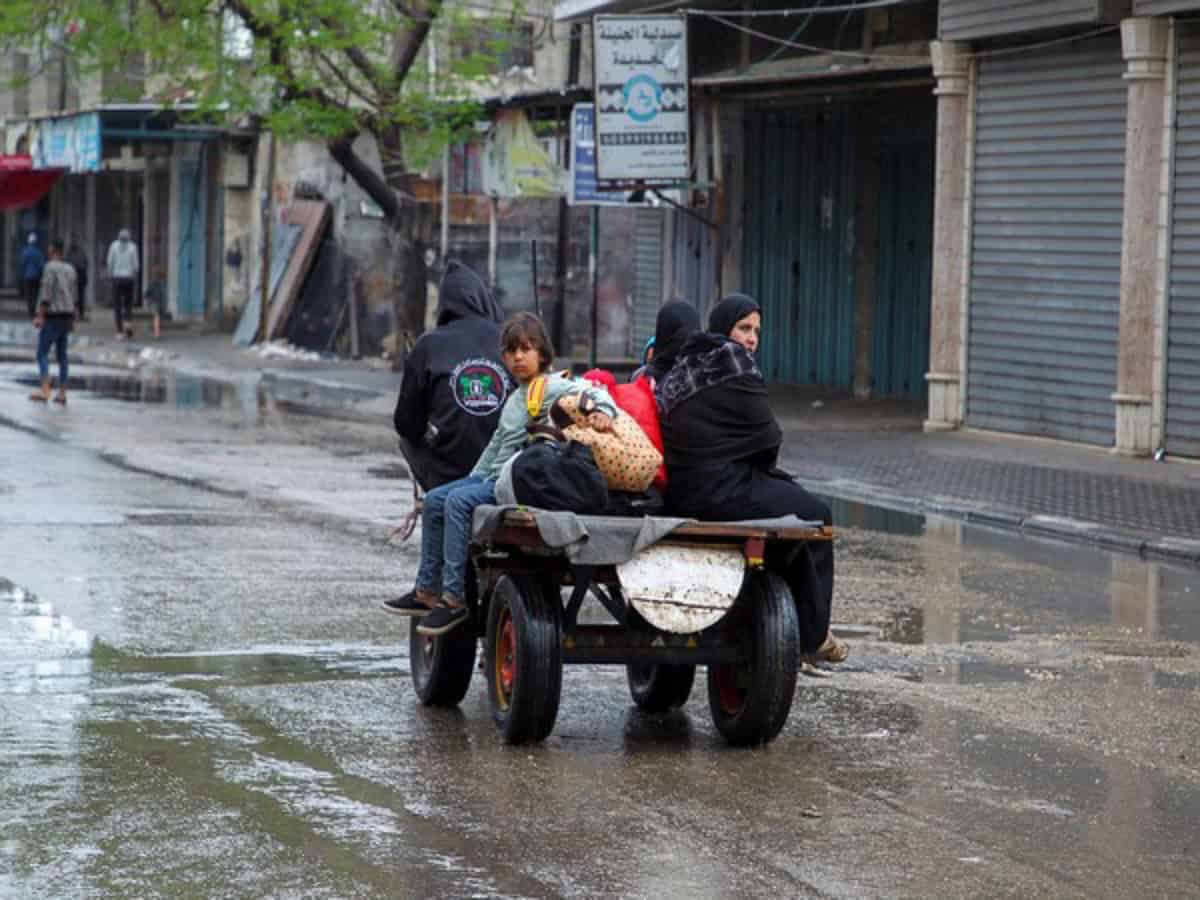Boeing said the head of its 737 Max program is leaving as it continues to grapple with fallout over the midair door blowout on an Alaska Air flight last month.
Ed Clark, who led Boeing’s troubled department that also oversees the production of its embattled Max 9 model, is leaving immediately, Stan Deal, the chief executive of the commercial airplanes unit, said in a Wednesday memo to employees obtained by The Post.
According to his LinkedIn, Clark’s exit caps off a nearly 15-year stint at the Seattle-based firm.
He was promoted to take over the Max program in 2021, according to The New York Times, when the company was accelerating production following two 737 Max 9 crashes — in Indonesia in 2018 and March in 2019 — that killed a combined 346 people.
Those crashes resulted in a temporary global grounding of 737 Max jets and sparked a firestorm of questions about Boeing’s safety procedures.
Clark’s departure was part of a larger leadership overhaul: Deal also told staffers on Wednesday that Elizabeth Lund would move from her post as senior vice president of airplane programs to “the new position of senior vice president for BCA Quality, where she will lead our quality control and quality assurance efforts.”
Mike Fleming, a former senior design engineer, stepped into Lund’s previous role, said Deal, who also shared other internal succession plans — all effective immediately.
Deal said that the shakeup was implemented to continue the company’s “enhanced focus on ensuring that every airplane we deliver meets or exceeds all quality and safety requirements. Our customers demand, and deserve, nothing less.”
In recent weeks, Boeing has also been overhauling its quality-control processes after a now-infamous fuselage blowout on Jan. 5 when an Alaska Airlines-operated Boeing 737 Max 9 climbed to 16,000 feet after taking off from Portland, Ore.
The Virginia-based company had said its increasing inspections as its Renton, Wash.-based factory, where Clark helmed Max production-related operations, per The Times.
The event has become a full-blown safety and reputational crisis for Boeing, which has been notified by its supplier, Spirit AeroSystems, of additional manufacturing issues in some 50 undelivered 737 Max 9 planes.
Sprit AeroSystems told Boeing earlier this month that there were incorrectly drilled holes on a number of fuselages, which will require additional work expected to cause near-term delays of the aircraft.
Still, all Boeing 737 Max 9s have already returned to the skies after reportedly undergoing a lengthy inspection process by the Federal Aviation Administration.
The chair of the National Transportation Safety Board, Jennifer Homendy, said on “CNN This Morning” early this month said at the time that she “would have no problem tomorrow taking a flight on a Max 9.”
Meanwhile, she also warned “of course, something like this can happen again,” when speaking on the terrifying incident, which was blamed on four missing bolts intended to hold the door plug in place.
“There is no way that this plane should have been delivered with four safety critical bolts missing,” Homendy added, noting “a problem in the process.”
Alaska Airlines and United Airlines are the only two US carriers that operate the Max 9 Boeing model.
She also said that that NTSB has to do a better job at “digging into what’s going on at Boeing,” noting that she agrees with FAA Administrator Michael Whitaker’s testimony before Congress on Tuesday, when he said that the agency has been depending too much on aircraft makers like Boeing to regulate themselves, per CNN.
“The current system is not working ‘cause it’s not delivering safe aircraft,” Whitaker added. “So we have to make some changes to that.”
“I absolutely agree that it needs to change,” Homendy told CNN, adding that the issue is more of “a quality control problem,” and goes beyond Alaska Airlines’ fuselage blowout last month.







